Population and Social Characteristics
American Cities With Shrinking Downtowns

Published:

COVID-19 has dealt a serious blow to downtowns nationwide as health care measures encouraged people to work from home, leaving office buildings empty and stores without foot traffic. Many downtown residents also preferred to move away to houses with greater space — indoors and out. And though there has been an investment to revive and repopulate downtowns in the past decades, the pandemic put a wedge in those efforts, and downtowns nationwide are slow to recover from COVID. Whether it is an ongoing trend or a more recent phenomena, some downtowns are shrinking.
To determine the 40 cities with shrinking downtowns, 24/7 Wall St. ranked cities based on the percentage change in population in their downtown census tracts from 2012 to 2022, using Census Bureau data.
While in most cities on the list the downtown populations are shrinking in tandem with the rest of the city, in places like Anniston, Alabama; Sumter, South Carolina; and Lima, Ohio, the downtowns are shrinking while non-downtown tracts are growing, suggesting people may be moving from the declining downtowns to the suburbs.
In other cities, such as some Midwestern cities on the list that have known decades of economic struggles, their populations have generally been declining — including in their downtown areas. (Some of the cities on this list are indeed also among America’s fastest shrinking big cities.)
Geographically, 10 of the cities on the list are from the Midwest. However, the region with the most cities on the list is the South, with 26 cities, including 10 in Texas alone. Georgia has the second most cities on the list, at four, including the city whose downtown shrank the most from 2012 to 2022.
To determine the cities with shrinking downtowns, 24/7 Wall St. reviewed five-year data on population change from the U.S. Census Bureau’s 2022 American Community Survey. Cities were ranked based on the percentage change in population in downtown census tracts from 2012 to 2022. Downtown areas were defined as the census tracts that fall at least 50% within the 1.8-mile radius around a city hall. Non-downtown areas were defined as the census tracts that fall at least 50% within a city’s boundaries, yet less than 50% within the 1.8-mile radius around city hall. Boundary definitions are from the U.S. Census Bureau and are for 2022. Only principal cities of metropolitan statistical areas were considered. City hall coordinates as well as supplemental data on income are also from the Census Bureau.







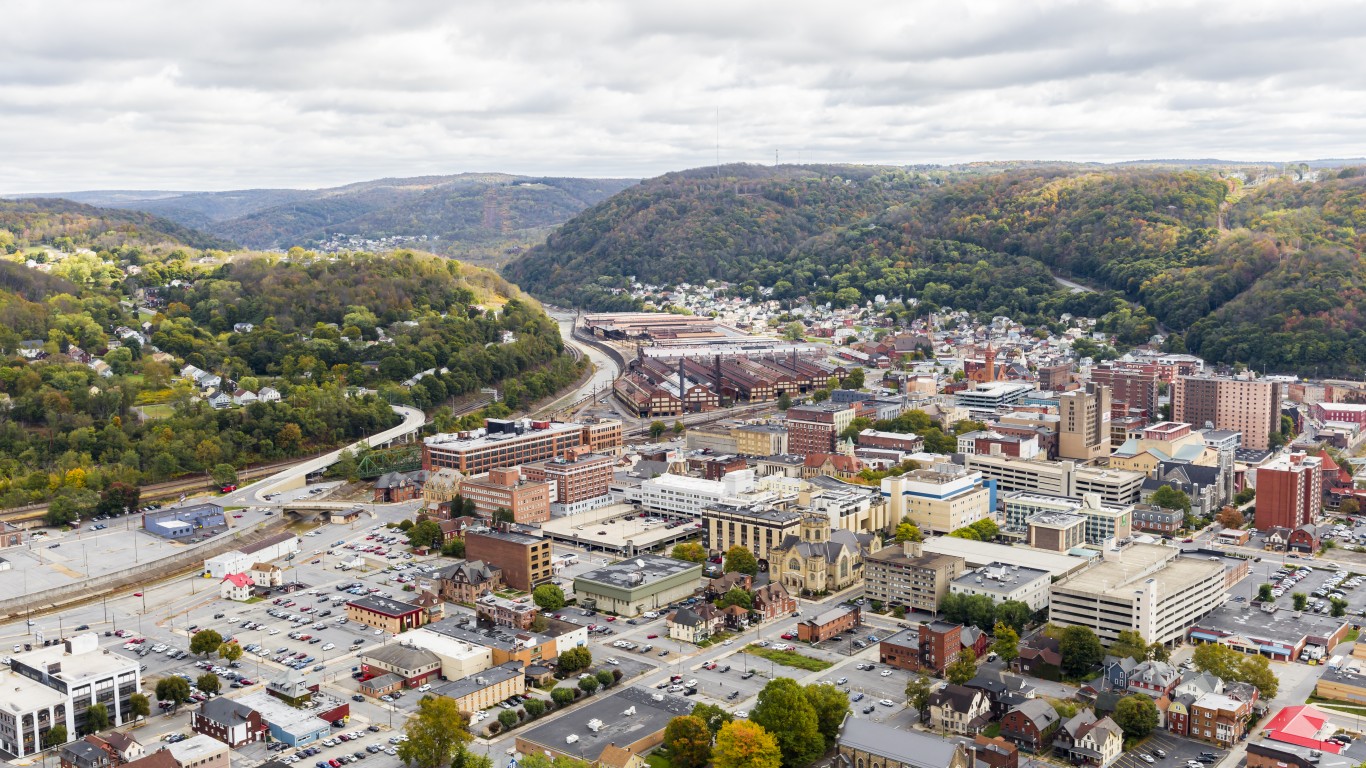





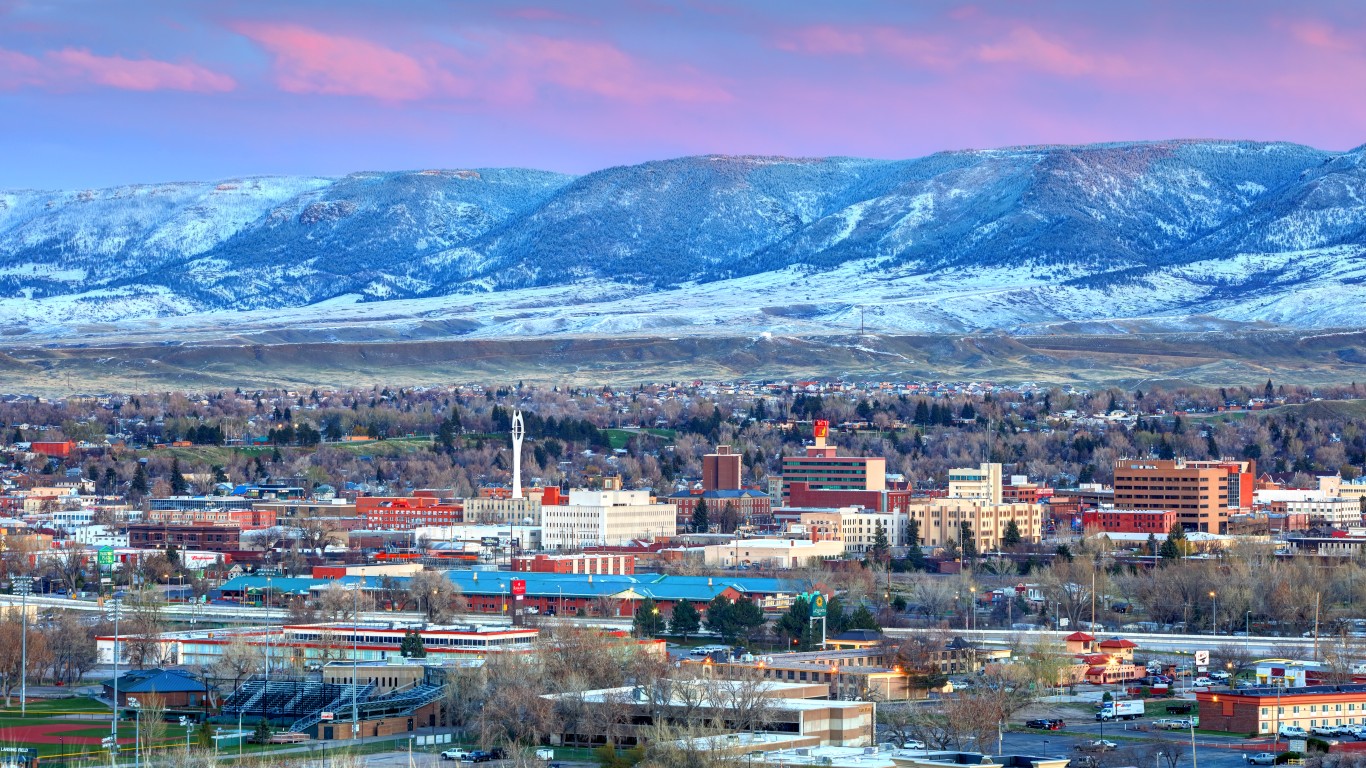
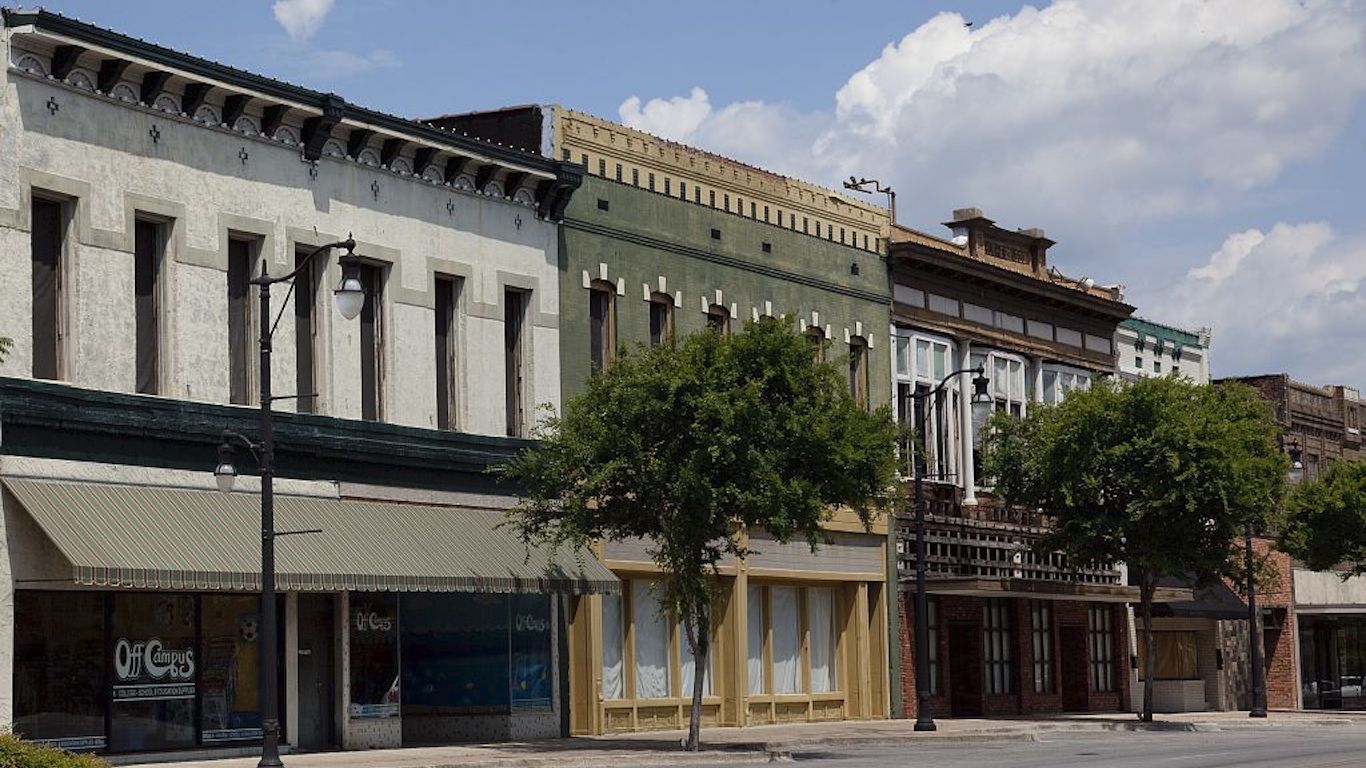







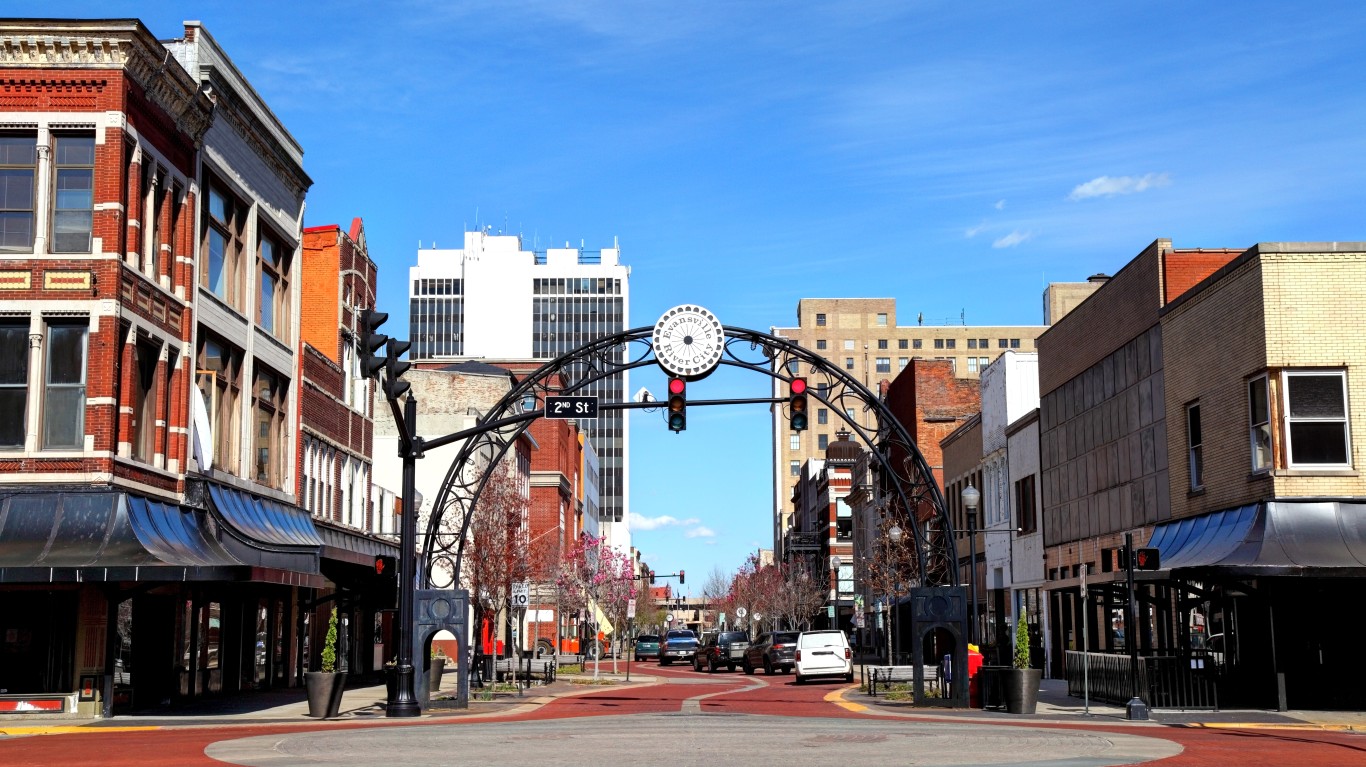




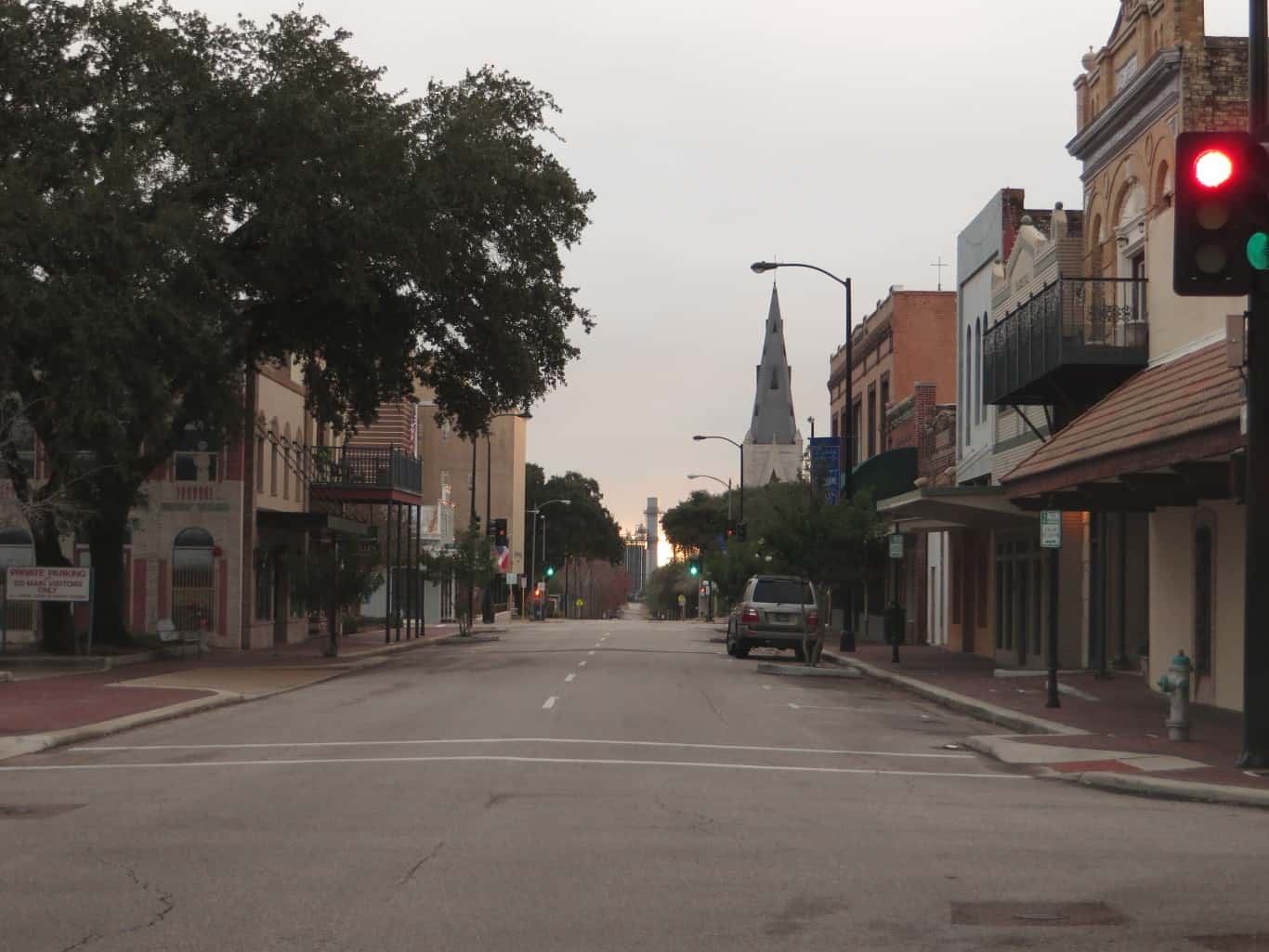


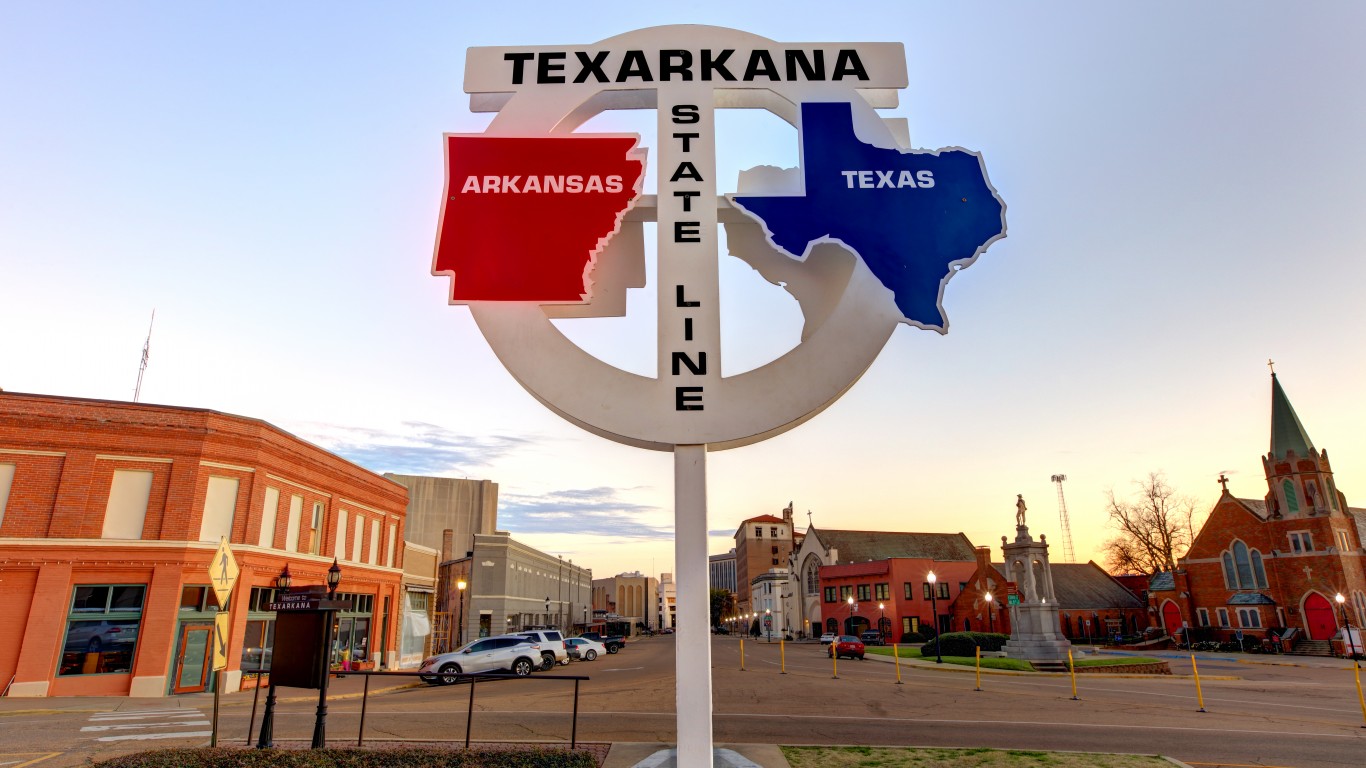








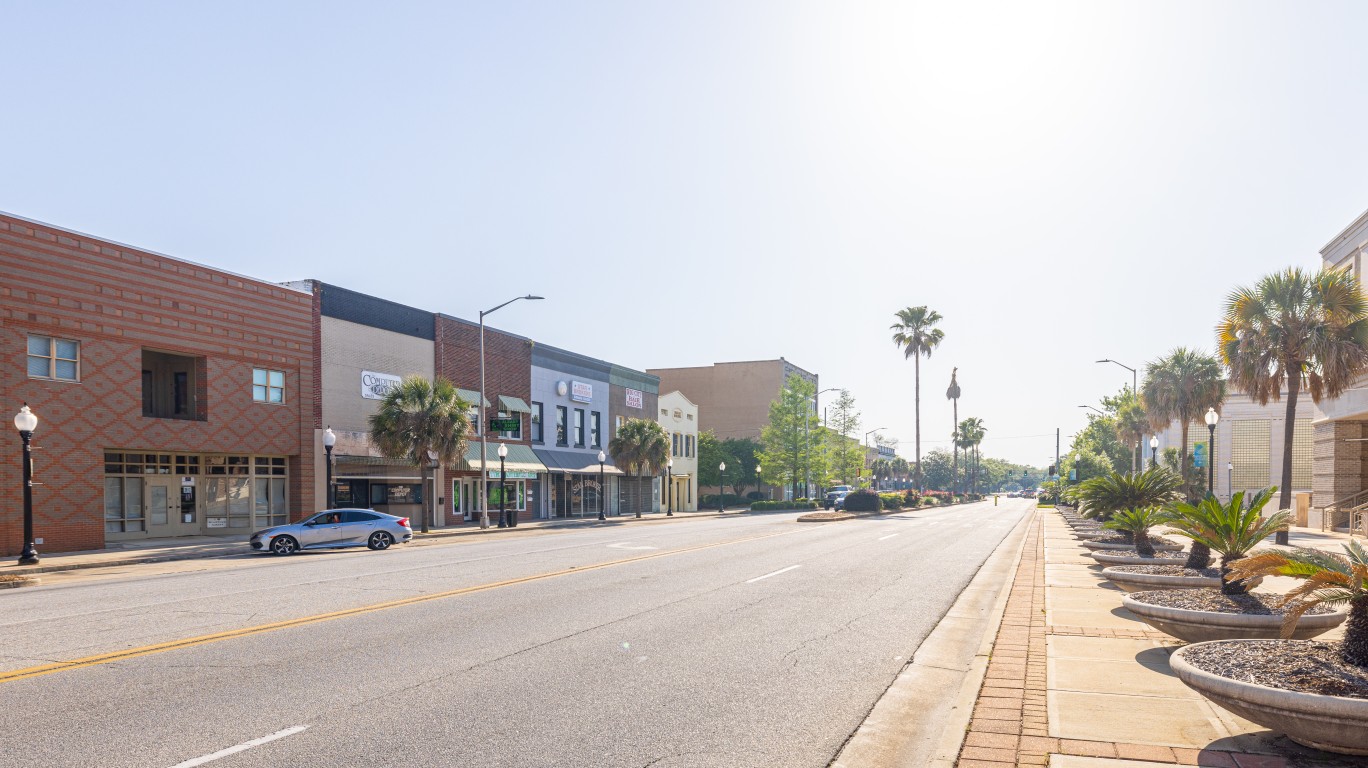
If you’re like many Americans and keep your money ‘safe’ in a checking or savings account, think again. The average yield on a savings account is a paltry .4% today, and inflation is much higher. Checking accounts are even worse.
Every day you don’t move to a high-yield savings account that beats inflation, you lose more and more value.
But there is good news. To win qualified customers, some accounts are paying 9-10x this national average. That’s an incredible way to keep your money safe, and get paid at the same time. Our top pick for high yield savings accounts includes other one time cash bonuses, and is FDIC insured.
Click here to see how much more you could be earning on your savings today. It takes just a few minutes and your money could be working for you.
Thank you for reading! Have some feedback for us?
Contact the 24/7 Wall St. editorial team.